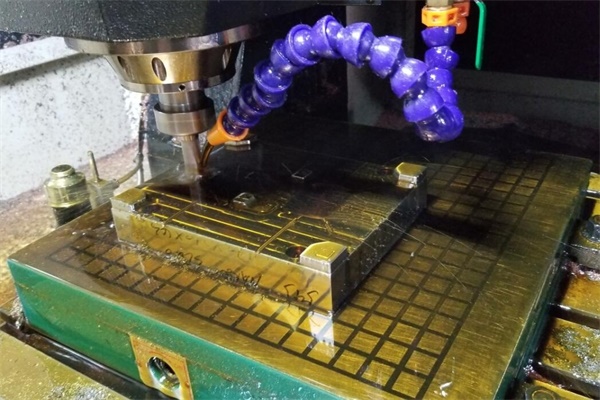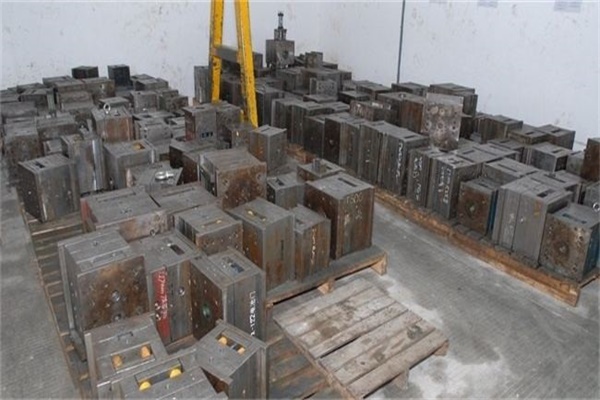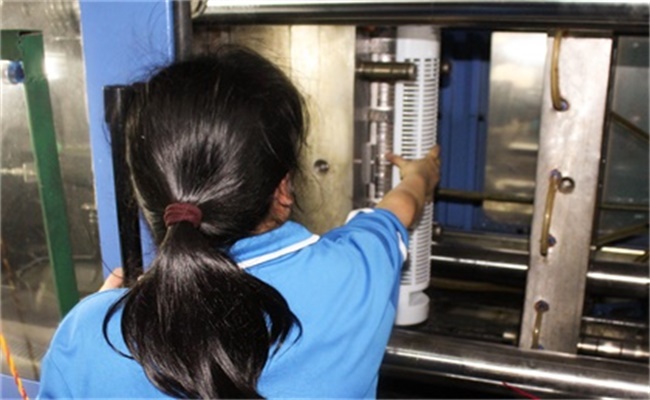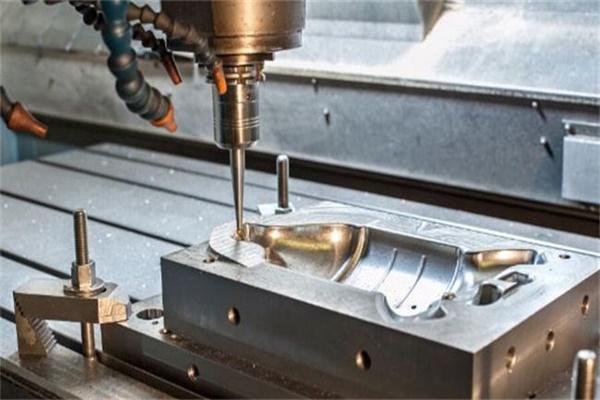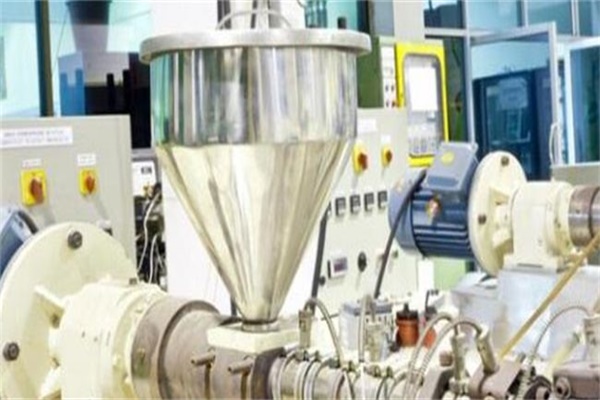Rapid molding is an important role to make products continues as its “digitization”. Digital manufacturing can reduce time to market, labor overhead and asset use. It helps customers to control quality and inventory. By using rapid molds, people can develop and enhance innovative designs and respond to market demands. Designers can create and develop freedom design through digital manufacturing.
Digital manufacturing begins with a 3D CAD file. The geometry and part requirements are analyzed, usually with proprietary software. Then the customer receives an interactive quote. Once the customer approves the quote, an order is generated and the mold design finalized and a tool-path created, often within hours. The initial mold can be created with modular components, which is another cost savings. Then, the mold is usually machined, a process that takes a couple of days. After benching and finishing, the mold tool is assembled for first production shots and inspection. This process of rapid mold development can shorten development lead-time to weeks instead of months.
The digital manufacturing allows customers to quickly go through multiple iterations easily. Low-cost tooling makes low-production runs economical enough to test on select markets and use the feedback as a learning curve. Customers can maintain their existing quality controls, while developing good parts that can get to market faster.
Traditional manufacturing process consist a several-step sequence within the manufacturing flow. People will monitor the safeguards in place. Various testing for form, fit and function are required to discover part flaws throughout the process. People should be aware of these critical-path processes because the traditional method of manufacturing requires more manual than automated production.
For example, it will usually take around 1 week to generate a quote using a DFM analysis and confirm an order manually. Once an order is placed, the mold design is reviewed for viability. When that design is finalized, it will go onto the next phase of the traditional manufacturing process. With all of the production factors in place, the part will then be molded. If the part passes inspection, it is shipped out to the customer for review and feedback. Once customer inspects the parts, they have the opportunity to approve or reject the run. In the case of a non-approval, the process would be modified and revisited again with continual iterations until the optimal part is achieved. Any combination of these factors can impact the cost, quality and timing in a traditional manufacturing process.
If you would like additional information on the Rapid Molding process, please contact us at [email protected] today!
